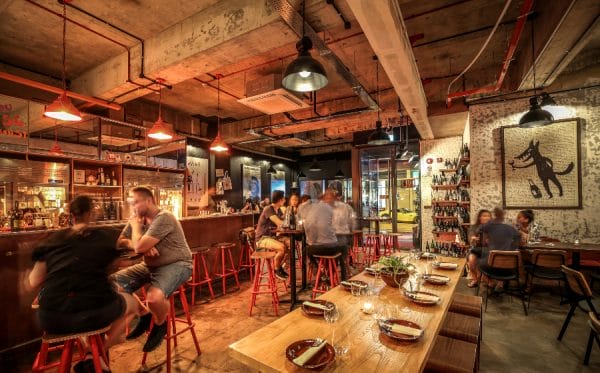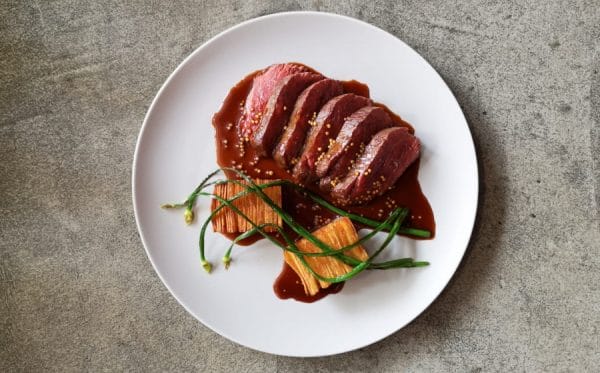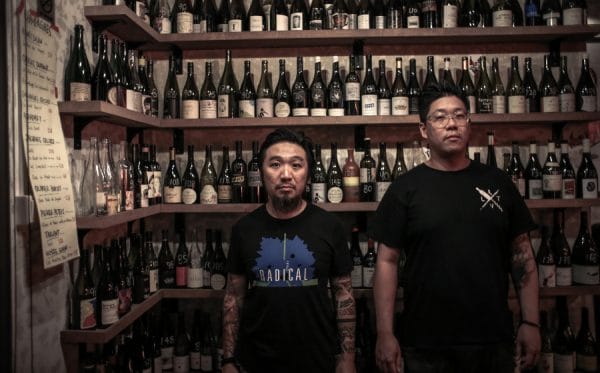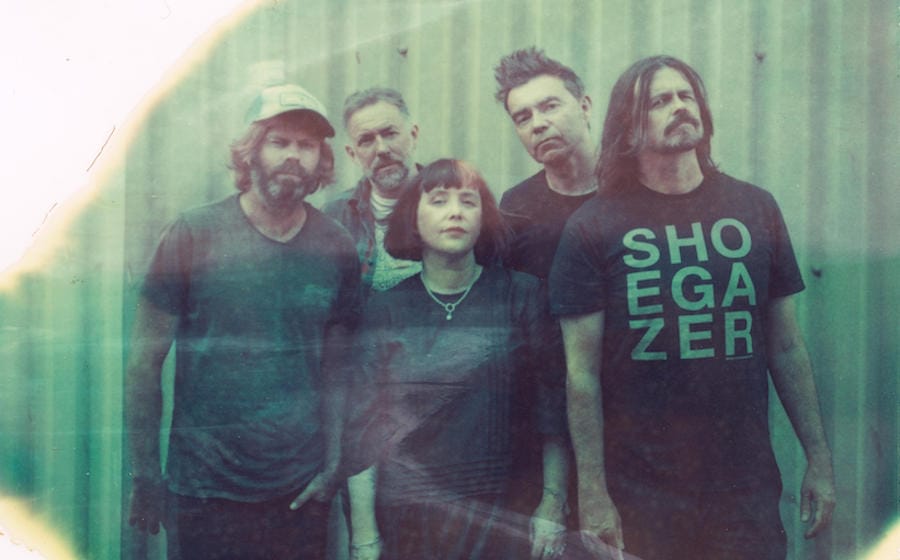
We’re big fans of a good old cocktail here at Men’s Folio, despite some of their fancier names and the occasional fancy cups they come in, we know exactly what we are getting. An old fashioned will always be bitters, whisky and an orange slice while a gin & tonic is well, gin and tonic. When it comes to the great world of wine, we often are confused. We reckon cheap wines are best reserved for post-breakup binging (and the looping of Sam Smith) and we always choose a wine pairing because what-is-a-glass-of-incoherent-mumbling-of-a-wine’s-name?
Then, the rising entrance of natural wine threw us a little off-kilter. It seems like a fad that is reserved for people who subscribe to the avocado-loving ways of Antoni Porowski or worse, the choice of alcoholic beverage for people who don’t use deodorant (yikes!).
To solve this conundrum, Men’s Folio went straight to the founders of Wine RVLT — Alvin Gho and Ian Lim who have been serving it since 2016 — to find out what exactly is natural wine. Apparently, it promises a fresher, brighter flavour and a prettier label. We’re sold, four bottles please.
—
1. Pardon our cluelessness but what EXACTLY is organic wine?
Organic wine is generally defined as wine made from grapes that have been organically farmed, which means processes and sprays used in the vineyards must have sustainability in mind — synthetic pesticides, herbicides, fertilisers and other artificial chemical add-ons are not permitted to be used in the vineyards. Because different organic wine certification in the EU and US have various requirements and regulations, organic wines could mean different things in different countries.
2. Does organic wine always taste better than typical wine?
Objectively no, although farmers do insist that organic farming does produce better tasting grapes. For us, we believe in the sustainable philosophy and farming methods behind organic wines, thus making it our focus at RVLT.
Wines that we source and showcase are those from vineyards and wineries we have personally visited; and had the chance to observe their wine growing and winemaking; or from trusted winemakers who adhere to the organic wine production.
—

The great wine wall at Wine RVLT.
3. How are the processes to ferment natural wine different?
The definition of organic wine, as stated above, generally only dictates the processes of the wine growing phase within the entire wine production. Between organic wines and conventional wines, there is not much difference in the process of turning grapes into wine, as there is a whole list of additives that are still permitted in the making of organic wine.
Some organic wine certifications do require a reduction in the use of preservatives. For a better understanding, most conventional wines are allowed up to 350 parts per million(ppm) of sulphites to be used as a preservative, whereas EU organic wines are only allowed up to 100ppm — some certifications in the US do not permit added sulphites at all in their organic wines.
4. Do natural wines cost more than their counterparts?
Generally yes, organic wines cost more than conventional wines because the processes and implications of organic farming usually costs more than conventional/industrial farming. Getting an organic certification also requires an extra cost.
—

Good booze, good grub — the latter pictured here is Westholme wagyu petite tender with hasselback potato and garlic chives.
5. What is one fact most people don’t know about organic wines?
As mentioned above, those artificial add-ons are still permitted in organic wine production.
6. Where are natural wines usually produced?
Everywhere. Wherever there is wine made, you can find organic wine produced. That said, the “Organic Food movement” has been fuelled by the US market and industry since the early 2000s.
—

The summer meal starter: burrata served with summer squash, apple, pomelo and drizzled with basil oil.
7. Enough serious talk! Can the both of you provide some interesting things that happened at RVLT?
The Black Hole phenomenon happens regularly — guests come in and have such a good time that they can’t leave. We’ve had many a boisterous party from our collaborations with visiting winemakers and guest chefs.
The week when The World’s 50 Best Awards was in town, we were packed to the brim during our collab with Gaggan Anand and his team the night before the awards. On the night of the awards, we had a second collaboration with the team of Berlin’s Nobelhart & Schmutzig and ended up becoming the unofficial after-party venue. Even Mauro Colagreco, chef of the Number 1 restaurant Mirazur came by to party.
8. Besides the wines, what about the food at RVLT — are they specially made to complement the wines?
We centre our food philosophy to create tasty, “healthy-ish” food with forthright flavours and interesting techniques. This is to complement the philosophy behind the wines we carry, we make it a point to work with cleaner and healthier ingredients (it’s not always easy to regularly source for such produce in Singapore), and rely on maximising the simplicity of each ingredient to their best.
—

Once you’ve ordered and admired the wall, take time to say hi to these two founders.
9. What were you two doing before RVLT?
Alvin (pictured left): After going through training and receiving sommelier certifications by Court of Master Sommelier (first a Certified Sommelier in 2009, then Advanced Sommelier in 2012), I took on the role of Head Sommelier at restaurants and properties in Singapore and Shanghai, such as Raffles Hotel Singapore, Daniel Boulud’s DB Bistro Singapore, American Club Singapore and Jean- Georges Vongerichten’s JG Shanghai. Those experiences opened my eyes and palate to top classic wines of best terroirs, top vintages, and rare collections. It also unlocked a passion for discovering real, living wines made by real vignerons and farmers.
Ian (pictured right): I started my career working in the front of house of Michelangelo’s restaurant. It was then that ignited my interest in wine, and I gradually progressed to become their Chef-Sommelier. By the age of 23, I received my sommelier certification (Court of Master Sommelier). After that, I was with a local wine distributor as their Head of Sales, where I oversaw their retail and wholesale businesses in Singapore and Malaysia. It was during this time I met many passionate winemakers, who sparked my interest in organic wines.
RVLT came about because we shared the same ideals of Singapore’s wine scene — to give Singapore a new, unrestrained perspective to wines. We want to make wine-drinking exciting, real and authentic.








